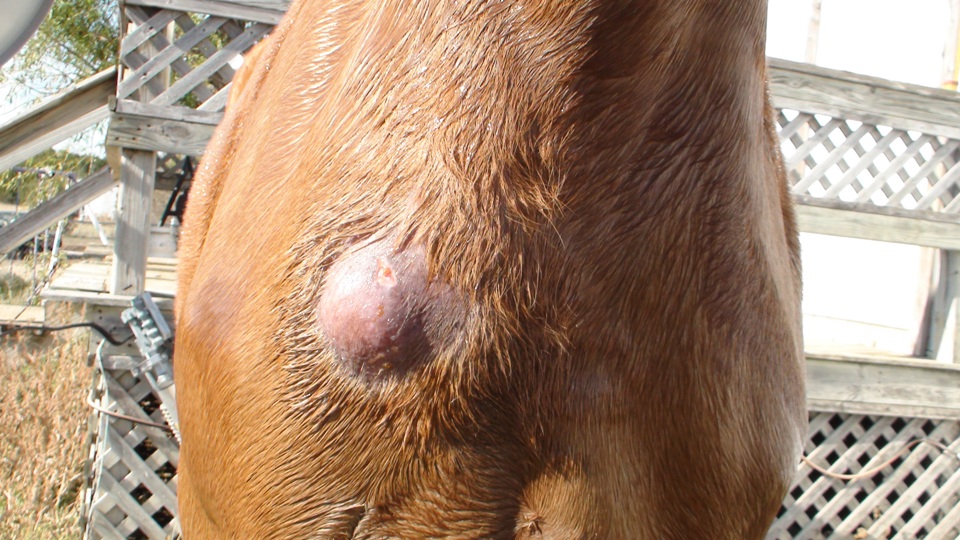 Header image comes from Heavenly Gaits Equine Massage.
Header image comes from Heavenly Gaits Equine Massage.
The nature of horses- outdoor creatures who gallop around fields and forests-
is one that breeds the occasional abscess. They are fairly inevitable, but at least they’re not the end of the
world. Still, it helps to know exactly what do to when your horse eventually develops an uncomfortable abscess.
So grab your first-aid kit and some warm water and take a look at how to treat your horse’s abscess.
The trickiest part of an abscess is that it can appear just about anywhere on
a horse’s body, including the hooves or the mouth. Be aware of that and check your horse for any signs of
discomfort anywhere. It’s a good idea to do a quick nightly check anyway, but when you do find an abscess, make
sure to take care of it the right way. You’ll be able to spot something’s up when you find what appears to be
swelled skin that happens to be warm to the touch.
To treat these when they occur, you’ll want a washcloth, a bucket, iodine
solution, antibacterial ointment, and a large syringe for flushing the abscess. Most of the time the abscess
will rupture itself, which is one of the goals since then it can be cleaned, though you can make things go
faster by using a warm compress or by having your veterinarian lance it.
Once it has ruptured, the real fun begins. You’ll want to keep the abscess
open so that draining can continue occurring and that new pockets do not form under the skin. The goal is to
make sure it heals from the inside out, so the more you can drain from the opening the better. Flushing the
abscess is fairly simple, though it’s not recommended that you use water alone unless the water has been boiled
or purified in some way to help avoid further infection. Ideally, you’ll want to make a mixture with water and
iodine solution.
The best way to go about the actual flush is to fill your syringe and insert
the tip into the opening as far as it will go, then begin flushing to get rid of the built-up puss. There will
likely be pockets around the abscess where more puss is located, so massage the area to work out every last
bit. Continue flushing with the iodine mixture between four and five times, then dry the area off and apply the
antibiotic ointment to the surrounding area.
You do not want to close the abscess up though. It will close on its own as it
heals, but it’s important that it be left open to continue draining puss and doing twice daily flushes as more
puss will begin forming. Talk to your veterinarian to see if he or she would recommend antibiotics of any sort
and if bandaging is preferred in this case. Otherwise, keep cleaning it as the situation demands until it
completely heals itself.
Dealing with abscesses is just a way of life for raising horses. Eventually,
you’ll have to do it, whether you’re squeamish or not. Best to know what to do and be prepared for it when the
time arises.
Related Articles
Breaking a Leg- What It Means For Your Horse
Deadly Equine Diseases
Tips for Keeping Flies Under
Control
Horse Inspection Checklist
Five Most Common Horse Diseases
How to Spot a Malnourished Horse
Top 10 Most Poisonous Plants for Horses
Feeding and Rebuilding a Malnourished Horse
Helping a Horse Living with Cushing's
How to Treat Abscesses on Your Horse
Colic and Your Horse
Confirming That Your Horse Has Rabies
Helping a Pregnant Mare
Handling a Rattlesnake Bite to Your Horse
Being Aware of Tetanus and Your Horse
Preventing Thrush in Your Horse